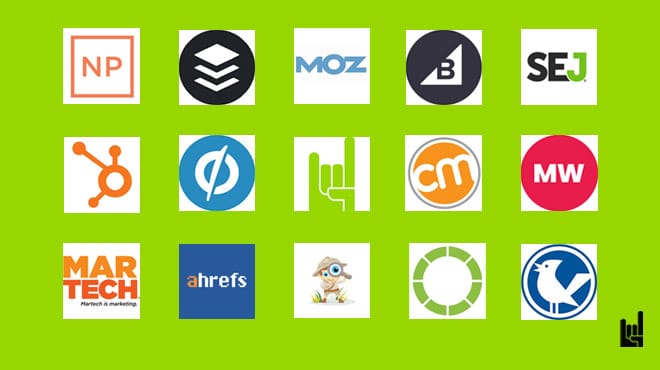Alright, let’s talk about pricing strategy for a high-ticket SaaS product with low churn. That’s a sweet spot to be in — high revenue per customer and they stick around? Jackpot. But it also means you need to be really smart with pricing, because every customer is a big investment and a big return.
Key Characteristics to Build Your Strategy Around:
- High-ticket = High touch. Your pricing must justify the value.
- Low churn = Happy users. That means you’re delivering clear ROI.
- SaaS = Recurring revenue. Pricing should drive long-term relationships.
But, low churn? Why?
Low churn in a high-ticket SaaS product usually isn’t a coincidence. It’s the result of deep product-market fit, high switching costs, or critical integration into the customer’s workflow.

Let’s unpack why low churn exists and how that can impact your pricing strategy.
Why Low Churn Happens in High-Ticket SaaS
Mission-Critical Product
- The SaaS solves a core business function (e.g., compliance, analytics, revenue ops).
- Example: Salesforce, HubSpot Enterprise, or Snowflake — if they go down, your team stalls.
Long Onboarding + Integration Time
- Customers invest heavily in getting the system up and running (training, integrations, data migration).
- They won’t leave unless there’s a 10x better alternative.
Internal Champions + Team Adoption
- Once a team is trained and builds processes around the tool, inertia kicks in.
- You often have power users who become internal advocates.
Multi-Year Contracts / High Switching Costs
- Often baked into pricing — contracts are annual or multi-year, often with incentives for renewals.
- Switching isn’t just expensive — it’s risky.
High ROI or Clear Attribution
- Clients see the value: whether it’s in revenue, time saved, or risk avoided.
- That makes the cost less sensitive and churn less likely.
Value-Based Pricing (not cost-based, not competitor-based)
Start by understanding what your customers really value. Are you:
- Saving them money?
- Making them money?
- Reducing risk?
- Creating efficiencies?
Then price based on outcomes, not features.
Example: If your SaaS helps close more enterprise deals, price it as a percentage of the deals closed, or price it in tiers that scale with their sales team size.
Tiered Pricing Plans (for different segments)
Structure your SaaS pricing into clear, high-value tiers. For example:
| Plan | Ideal For | Price/Month | Value Drivers |
|---|---|---|---|
| Pro | Growing teams | $2,000 | Advanced features, priority support |
| Enterprise | Large orgs | $5,000+ | Custom integrations, SLAs, white-glove onboarding |
Each tier should feel like a no-brainer for the right ICP.
Annual Contracts Upfront (if churn is low, lock them in)
Offer incentives like:
- 15–20% off for annual prepay
- Bonus onboarding services
- Exclusive features
This boosts cash flow, and since churn is low, it reduces friction for your sales team too.
Add-on Monetization for Power Users
- Identify “power features” that are used only by high-value clients.
- Examples:
- AI analytics
- Dedicated account manager
- Custom integrations or white-labeling
- Price these separately to monetize value without bloating the base plan.
Seat-Based or Usage-Based Pricing (or Hybrid)
- Seat-based works well for tools used cross-functionally (e.g. CRM, ERP).
- Usage-based aligns cost with value delivered (e.g. API calls, emails sent, GB stored).
- Hybrid lets you scale:
- Base fee + $X per user
- Base fee + $X per 1,000 transactions
Concierge Onboarding & Success
For high-ticket SaaS, onboarding is part of the product.
Include pricing for:
- Dedicated customer success managers
- Personalized setup
- Strategic workshops
Think of onboarding as a value multiplier — customers will pay more if they know they’ll get the right results fast.
Expansion Revenue Built In
Since your churn is low, upsells and cross-sells are your growth engine.
Strategies:
- Per-seat pricing (but cap at a fair usage point)
- Add-on features/modules (AI tools, reporting tools, integrations)
- Usage-based tiers (if relevant)
Use QBRs (Quarterly Business Reviews) as pricing touchpoints to introduce upgrades based on real usage/value.
Price Reviews, Not Price Hikes
Don’t just raise prices. Run value reviews:
- Show ROI
- Compare usage over time
- Recommend tier upgrades
Script example:
“You’ve grown 40% in team size and your usage doubled — let’s talk about a plan that supports your new needs.”
Summary Strategy
| Component | Strategy |
|---|---|
| Base Pricing | Value-based |
| Plans | Tiered by outcome & segment |
| Contracts | Annual preferred |
| Onboarding | High-touch, value-centric |
| Upsells | Built into customer success |
| Reviews | ROI-focused, not arbitrary hikes |
Conclusion
Smart pricing strategy for high-ticket SaaS with low churn isn’t about squeezing every dollar out of your clients. It’s mostly about matching value to cost and removing friction.
When done right, your pricing model becomes a true revenue lever.
Want help pressure-testing your pricing approach? Contact us here and let’s talk!
Was this article useful?

Theodore has 20 years of experience running successful and profitable software products. In his free time, he coaches and consults startups. His career includes managerial posts for companies in the UK and abroad, and he has significant skills in intrapreneurship and entrepreneurship.



